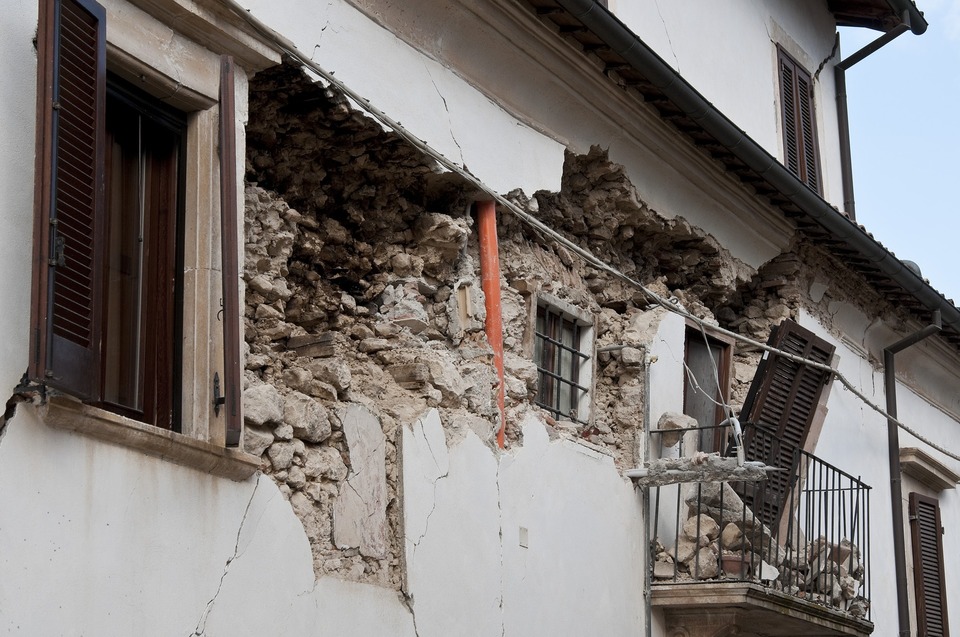Human activities impact the climate, but can they have an impact on seismicity? The induced seismicity is not only limited to a minor impact or to the areas that are already seismically active. This seismicity can also change our short-term view on the earthquake risk.
Historically, the central USA has been relatively calm in terms of earthquake activity, seeing an average of 25 earthquakes of magnitude M >=3 between 1973 and 2008. However, since 2009, this rate has increased dramatically, exceeding 600 events per year between 2014 and 2016 of M >=3, with a peak of 1010 events in 2015 (Figure 1). The 2016 Pawnee earthquake in Oklahoma was the largest and released an energy corresponding to a magnitude 5.8, sufficient to cause some damages.
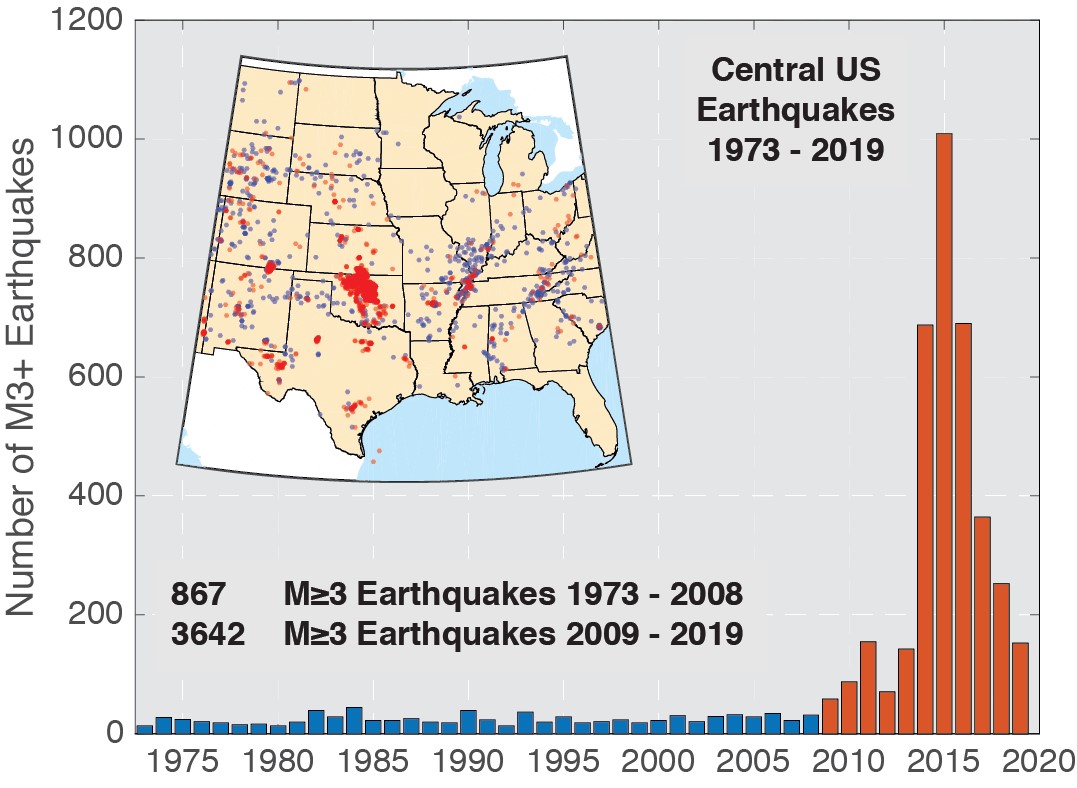
Figure 1: Earthquake distribution in central USA for the period 1973 – 2019 (USGS). In blue seismicity which occurred before 2009 and wastewater injections, in red after 2009 with wastewater injection ongoing
To understand what happened in Oklahoma, it’s important to go back to the causes of earthquakes. They are mostly generated by the rupture of rocks along tectonic plates boundaries, where plate movement causes stress accumulation. But the central USA is not located near a plate boundary (Figure 2) and the observed increase in seismicity is very sudden compared to the usual geological time scale (thousands to millions years). So, what’s the origin of this unexpected evolution?

Figure 2: Worldwide seismicity of magnitude >= 4 and plate tectonic with average speed of movement in mm (a)
This important increase in seismicity is directly linked to the development of wastewater injection (generated and produced in the process of oil and gas extraction) in this region. The disposed fluids may impact the pressure in depth and modify the effective stress along faults, resulting in induced seismicity. Figure 3 underlines the correlation between the location of the seismicity and injected volumes of water (Hincks etal. 2019)
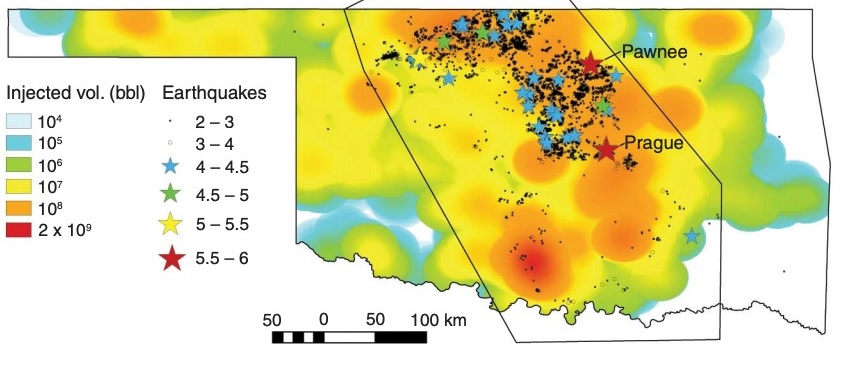
Figure 3: Map showing total injected volume (bbl) for 2011 to 2015 (30-km Gaussian kernel density). Symbols denote locations of earthquakes from 2011 to 2016, including the 5 November 2011 Prague and 3 September 2016 Pawnee events (refer to Source 6)
Human-induced earthquakes have not only been observed in the US, but also in Europe and Asia. Instead of wastewater injection, these events are commonly generated by the geothermal industry. A fluid is injected under pressure into the ground, where the natural high temperature of the earth’s crust heats up the fluid. This method is used to produce electricity or heating. In general, seismic events generated by these interventions are imperceptible by human, but they can sometimes reach a magnitude of 3 – 3.5. This was the case in December of 2020 close to Strasbourg (east of France) or in 2006 in Basel – Switzerland, leading to minor damages but major scares. An event linked to geothermal activities also occurred in 2017, close to Pohang city in South Korea, with a magnitude 5.4 causing 135 injuries and a loss of 290m USD (Grigoliet al. 2018, https://www.nature.com/articles/d41586-019-00959-4). This can lead to the suspension or the end of the exploitation due to public pressure as for the geothermal exploitation project for Basel city.
In 1967, an earthquake of magnitude 6.6 occurred inthe Koyna region in India, close to an important dam. This event happened in a stable tectonic region, where no strong seismic activity had been reported in the past. However, after the filling of the dam in 1962, frequent small earthquakes started to occur, especially near the dam site (Chopra and Chakrabarti, 1973). These earthquakes were generated by mass or volume changes which may alter the stresses acting on a fault, facilitating a rupture. The greatest event suspected to be induced by human activities is associated to the quick filling of the Zipingpu dam reservoir in China (magnitude 7.9 in 2008; Sunet al. 2014, Grigoli et al. 2017). However, as this region is characterized by an important seismic activity, it is difficult to determine whether the reservoir filling was the trigger of the earthquake.
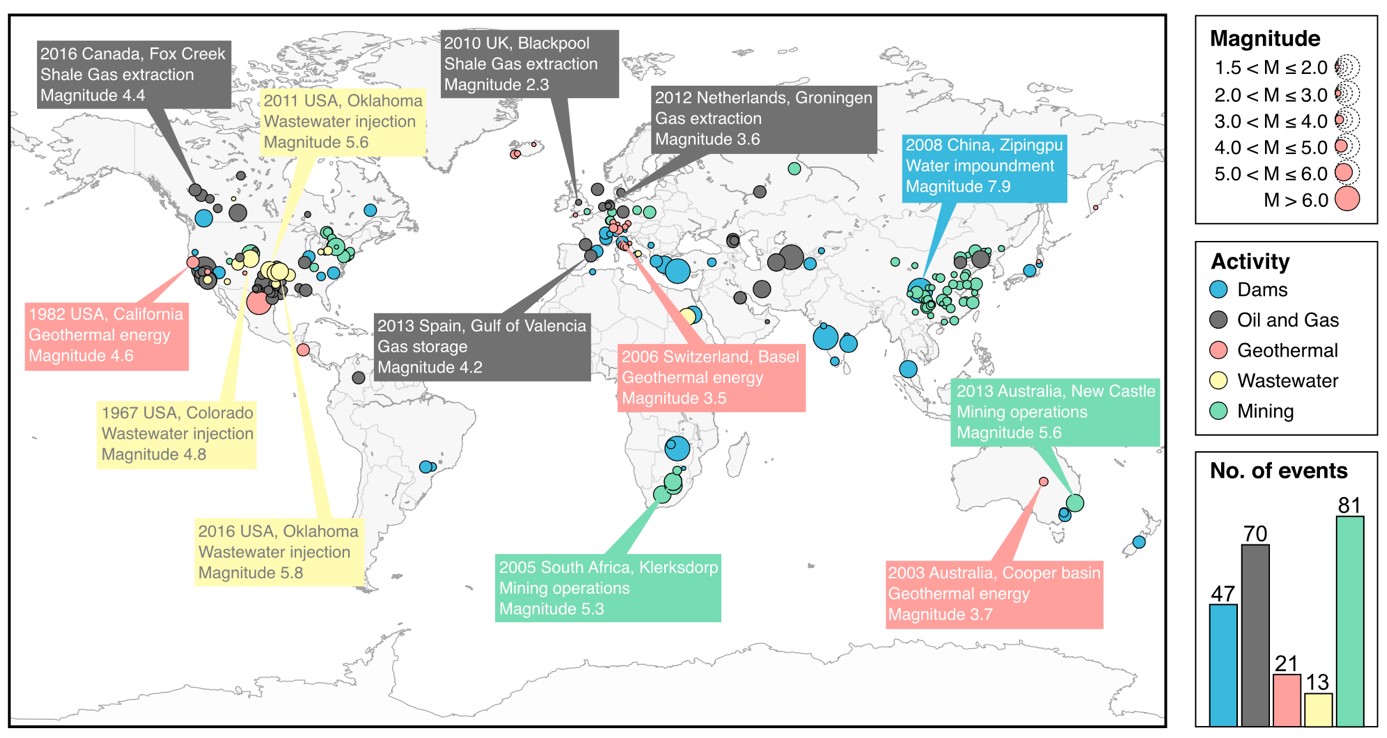
Figure 4: Induced and triggered seismicity has been observed worldwide in conjunction with several industrial activities. This figure shows the global distribution of anthropogenic seismicity and the maximum magnitude reported at each site (refer to Source 5)
These induced seismic events are becoming more and more frequent with the multiplication of industrial projects and are reported in all continents (Figure 4). Sites and industrial projects linked to this seismicity are now being more thoroughly monitored to assess the emergence of this risk. Since 2016, the US geological survey (USGS) has even produced short-term induced seismicity models giving the probability of earthquake damage for one-year time horizon for the US territory, which changes the classical view of earthquake risk based on the next 50 years. Based on this map, the region around Oklahoma City presents a higher risk than California (Figure 5).
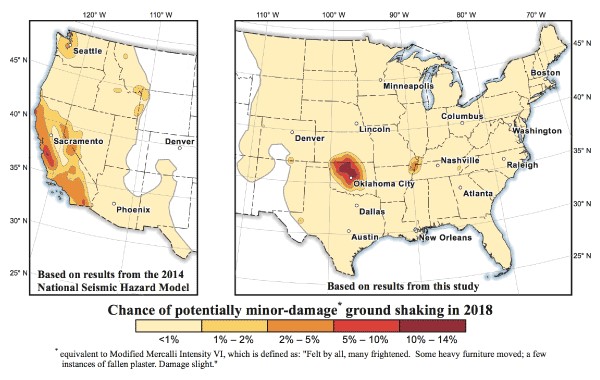
Figure 5: Map showing chance of damage from an earthquake in the Central and Eastern United States during 2018 (b)
Human activities can have a real impact on earthquake occurrences, with various mechanisms impacting stress conditions on rocks. Today, climate change is causing the disappearance of large glaciers and ice-sheets, modifying the balance of mass over the earth crust, and scientists are closely following how this might impact the local seismicity (Crowley et al. 2019, Cremen et al.2020, Smith et al. 2020).

